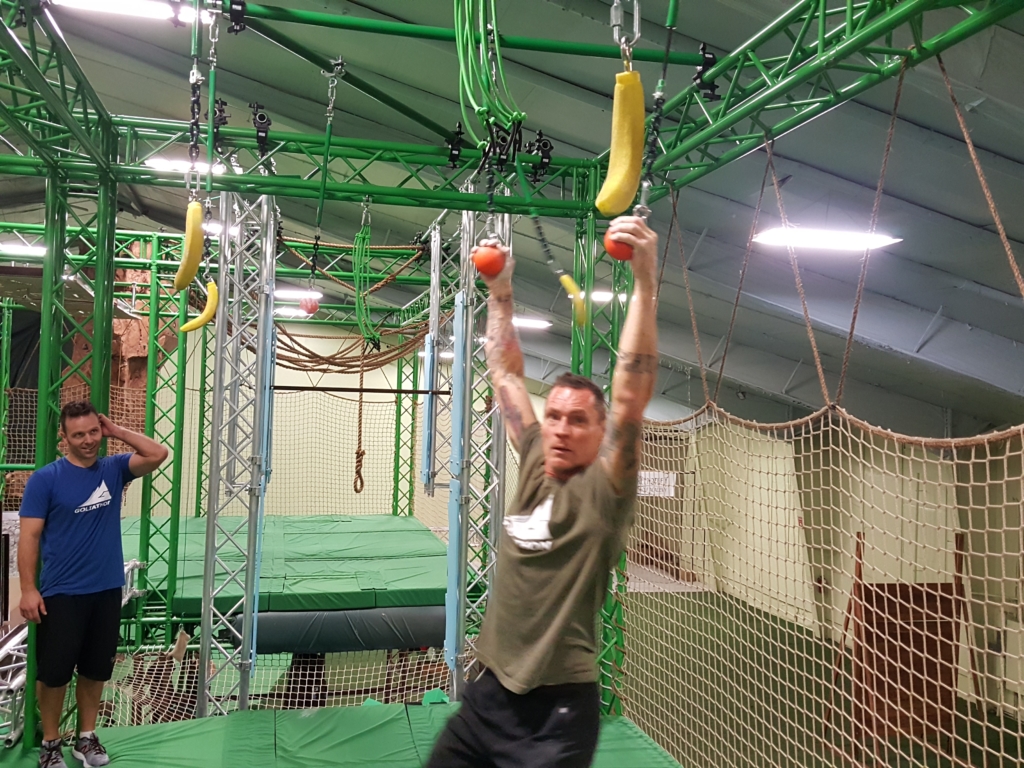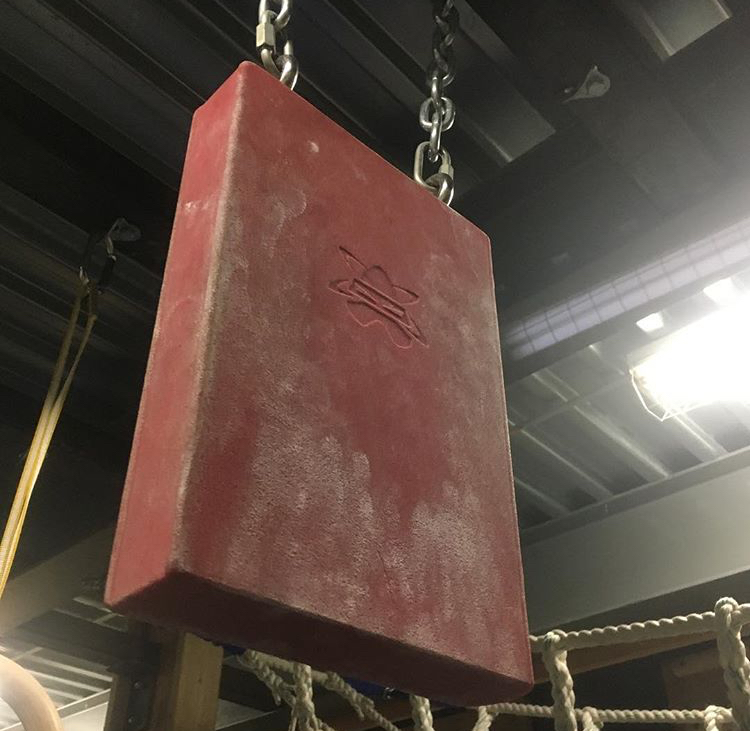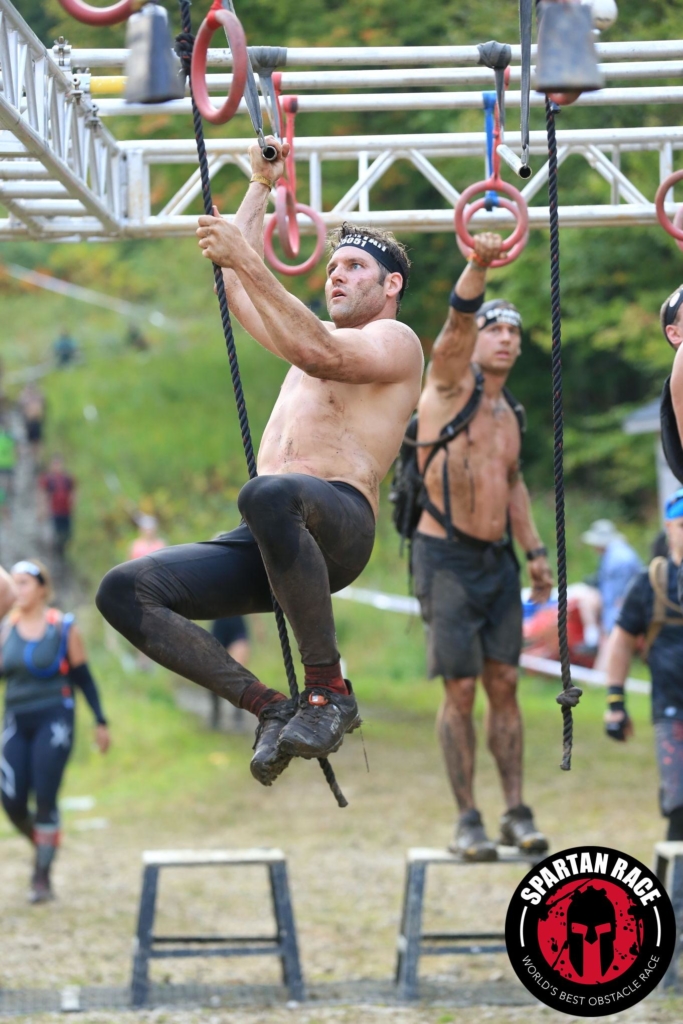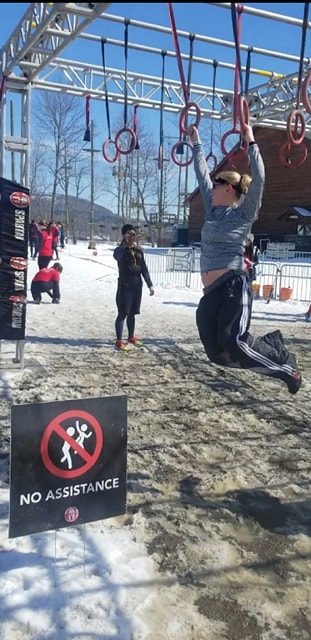As athletes sprint towards the finish line of an Obstacle Course Race, they attempt to save seconds with every obstacle and movement. Occasionally, this leads to a rule infraction or operating in a grey area that is not explicitly forbidden but not necessarily written as allowed. As we move forward in the sport, it’s time to discuss whether we are operating based solely off the rules of the sport written by race companies like Spartan, the spirit of the sport or some hybrid between the two.
The Letter of the Rules:
Most people's initial reaction is we follow the letter of the OCR law and that’s it. It leaves nothing open to interpretation and prevents race organizers from playing favorites or bending rules for specific athletes. While this sounds like a good idea, it can lead to things like 70+ page rule books, like Obstacle Course Racing European Championship’s book. Is that what we want? The equivalent of memorizing a written test before we race? Written rules are important, but if we are going to go with the wording of the rule only, be prepared for people nitpicking and saying things like, “that wasn’t explicitly stated as against the rules, so it must be allowed.”
The Spirit of the Rules:
When asked to describe obscenity during Jacobellis v. Ohio, Supreme Court Justice Potter Stewart said, “I know it when I see it.”
Some in the OCR community like to use this as the baseline. This is a common sense catch all. It accounts for the dozens of ways athletes will attempt to cross an obstacle whether that be out of desperation or in an effort to shave off seconds from their time. The “I know it when I see it,” or spirit of the rules give the race director officiating power, allowing them to apply common sense to a situation.
However, if we use solely the spirit of the rules, it opens the door a little too wide for possibilities. I think there becomes too much grey area where athletes are trying to justify actions and the race directors are having to make a call on the elite race when they still have to be concerned about the 90+% of athletes running the open waves later that day.
Examples in the grey area:
You may be reading this and saying “You’re overthinking it!” Well here are a couple of real-world, recent examples. Read through them and think about whether they should be allowed:
- Recently, I had a discussion with someone in the Toughest Mudder Community about completing “Just the Tip” or “The Gauntlet” by grabbing the top of the structure instead of the metal handholds. Tough Mudder tends not to have robust written rules that I could find broken down by obstacle. Instead, there is just a sign before the obstacle that says cross the obstacle, as well as a couple of safety pointers. With no explicit “grab the holds only” rule, I think that’s technically allowed, but I would say certainly violates the spirit. What about The Gauntlet? At the recent Toughest Mudder Central, I saw an athlete walk on the side of the structure like it was a balance beam. I proceeded to call him out by saying “You know better than that, that's definitely not allowed.” The response I got was “I saw other people doing it.” We both continued our race without me getting a good look at who it was.
- What about when the rules say you must cross the obstacle with your hands, like Spartan’s Rig. The official rules say “using ONLY your hands” and some athletes are using the bend in their elbow to “chicken wing” across the rings/rig. Something I’ve seen several Pros do and a technique I suggest in an emergency in my book Strength & Speed’s Guide to Elite OCR. Is that allowed? According to Spartan, it’s against the rules, but I haven’t seen any 10-minute penalties or DQs yet. Personally, since it is still part of your upper body and is just as challenging, I would say falls in the spirit of the rules even though against the written wording.
- I've seen open wave athletes cross Conquer the Gauntlet’s Cliffhanger obstacle (rotating monkey bars on an incline and decline) not by using the actual bars but the side of the monkey bars, like a horizontal pole. The rules say that you “must use the monkey bars,” but is the side of the monkey bars part of the monkey bars? Is that allowed? The rules also state you must use your “hands only,” but I’ve also seen elite athletes chicken wing their way across the obstacle. Is that allowed?
- What about crossing Tough Mudder’s Funky Monkey and hooking your legs on the monkey bars or rotating wheels? I would say that’s a violation of the spirit and the written rules since it’s an upper-body obstacle. However, I saw athletes cross it this way on film televised on CBS on their way to a prize purse. No disqualification or penalty was given.
- What about crossing a rig without using the hold but grabbing the above the hold and letting the bottom of your hand rest on the hold? Something that is legal in Spartan and Savage, but against the rules of OCR World Championships and Conquer the Gauntlet. To me, that violates the spirit but it is allowed in some rule books. Why have the challenging hold if you can just use it as a base for you back of your hand?

Athlete show grabbing the Atomik Climbing Hold and not above it.
- What about resting mid-way through a rig without using your legs by hanging from a monkey bar across your stomach? This is something I’ve heard athletes attempting back in the BattleFrog days. Technically he’s not using legs, but I would say that certainly violates the spirit. OCRWC helps prevent this by saying you need to be ma?king “forward progress”, but how many seconds of rest constitutes a breather vs. stopping to take advantage of the rig setup
- What about grabbing the trussing of the A-frame Cargo Net at a Spartan Race? Something two athletes were initially disqualified (DQed) for earlier this year. After a community outcry, the punishment was reduced to a 10-minute penalty. Personally, I thought both the DQ and the 10-minute penalty were bad calls. Technically against the rules, but did it really give either of those athletes a significant advantage except maybe changing their placement one position? When was the last time you saw any elite fail a cargo net? Is that even against the spirit when some series allow for grabbing the support structure of the A-frame Cargo Net?
If the above examples didn’t convince you, let’s start “jumping the shark” and getting ridiculous with hypothetical situations. Having trouble on a Farmer’s Carry obstacle? Just carry Harbinger lifting straps with you the whole race and use them for the Farmer’s Carry. If the series doesn’t specifically ban them, it’s allowed. If you think they should be banned under “unauthorized equipment,” maybe just have them sewn into your long-sleeve race jersey. Now they are part of your shirt, problem solved! There’s no rule against shirts. The triathlon world has a wetsuit with little ridges on the wrist, which are supposed to help catch the water. That's not a far cry from our hypothetical.
Having trouble descending a steep mountain, what if I carry a thin plastic shield like a child’s snow sled, then use it to slide down the steep hills instead of running? What if the rules don’t say anything about running but simply say “complete the course” and I show up to the start line with a mountain bike then proceed to carry my bike through all the obstacles following all the other rules? While these are extreme examples, you can see how things can get ridiculous because “it’s not specifically banned”.
Writing Better Rules?
Many companies are continuing to refine their written rules as well as including a catch all statement. However, whenever I see a “rule violation” discussed in the online community, most people ignore the catch all statement. Spartan includes statements in their rules that they reserve the right to change the placement and issue penalties indefinitely after the conclusion of the race if they view something as a violation of the rules. The head referee can deem specific equipment inappropriate or against the rules at their discretion. Conquer The Gauntlet has a catch all statement too: “obstacle staff and course marshals make the final call on obstacle completion” and “run with integrity” in addition to well-written rules.
Still, I think companies need to specifically add in one more rule to their rule book.
“Any action that is viewed as a violation of the spirit of the sport will be subject to penalization according to the decision of the judges.”
While some may view this as giving judges too much leeway, I think it is needed to prevent the endless nitpicking of rules resulting in overly thick rule books and apply a layer of common sense to fill in any gaps race organizers/directors may have missed.
We shouldn't stop there, though. Obstacles can also be built with an easier understanding of the goal in mind. In the military when you do the Nasty Nick, an obstacle course at Special Forces Selection/Q Course, they paint everything you aren’t supposed to touch yellow. It clears up a lot of the nitpicking of rules. With most race brands painting their obstacles already, changes like that can make it easier for both race organizers and racers if they know that anything a specific color is off-limits.
What do you think? Should we operate off just the written word with no room for interpretation? Should we just use the spirit of the rules? Or should we use a mix of well-written rules combined with a common sense “spirit of the rules” approach? There will always be some grey area. The trick is finding a way to minimize this for the athletes competing for placement and not let us lose our grip on common sense.
Pictures from the Mud Run Guide archives unless noted.
The Gauntlet picture from www.ToughMudder.com
Nasty Nick monkey bars from MMSA
Disclaimer: The viewpoints expressed by the authors do not necessarily reflect the opinions, viewpoints and official policies of Mud Run Guide LLC, or their staff. The comments posted on this Website are solely the opinions of the posters.











As someone who volunteers and races, I think more education is needed in obstacle specific court marshaling. This gives more responsibility to the role of ref. and less to the athletes. “the call” becomes what is adhered to or debated and clarified. The sport as a whole takes on a more professional reality. I worked skyline in Canada, Olympus at Spartan (with camera and headband dropped before bupee start), and most recently I briefly worked Gibbons at IMR. We had 3 marshal’s at Gibbons.. The failure count was recorded at each obstacle because that does factor in. More people will side step over something simple than difficult. Because I am a slow runner I can be in a competitive wave and trying an obstacle over and over even after losing my band. This puts me in a position where open runners will pass me and marshals will try to “help” when they shouldn’t be. The race director can inform the volunteer easier than each racer as to the particular race. For example. I have chicken winged ‘Holy Sheets” at Savage. So yes signs make a difference. Who puts up those signs? usually a volunteer. When standards are clear, the Marshall can own them .My personal opinion is to EARN ta right to marshal. I believe we would end up with more rather than less people wanting to take that on. . Not everyone is cut out to call out an elite racer. Director and Marshall s that have clear rules gives the athletes concrete people to question should a discrepancy arise. As always your articles are informative and challenging, pushing toward OCR successfully growing. Thanks
I wholeheartedly agree with both your description of the issue and at least a variation on both of your solutions. I’d really like to see 3 things happen across the OCR world.
(1) Well written rules that are clear, simple, and consistent need to become the norm. Aside from things like a Spear Throw, most obstacles fall into the category of “cross this without touching the ground or supports”, and if we just say “using hands only”, “using hands and arms only”, “using legs and feet only”, or “using any part of your body”, then the rule can be done right there. Even a spear toss doesn’t need complicated rules. “Retrieve a spear using the attached strings. Throw the spear while standing with both feet behind the red rope. An attempt begins when a spear is held in hand, and ends when the spear is thrown and stops moving. The obstacle is passed if the spear is stuck into the target with no part of the spear touching the ground.” Why does it have to be more complicated than that?
(2) Color coding on obstacles that indicates which parts you can and cannot touch. This might involve some extra painting for brands, but you can’t beat visual cues for keeping people on track and making rules violations easy to spot.
(3) Clearly marked entry and exit points on every obstacle, so that completion is NEVER in question. Where do I stand, what can I grab, and what constitutes an attempt? This is what the rules should tell us.
As racers, we need to avoid getting too caught up in the minutia of rules, and leave freedom for innovation both in design AND in how we solve obstacles. Obstacles that allow for multiple techniques, dynamically skipping sections, and gutsy early dismounts are fun to do and fun to watch. Long, complicated rules that lock everyone into a single “correct” way of doing something are not fun for anyone.